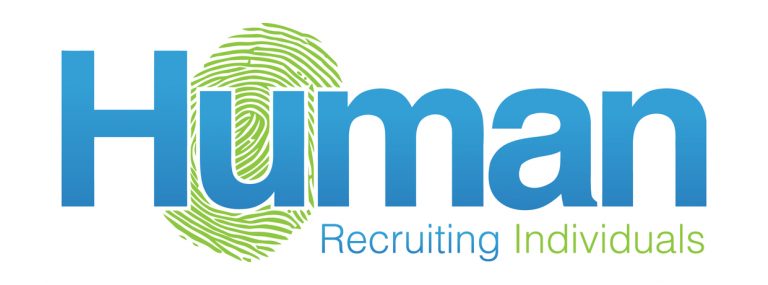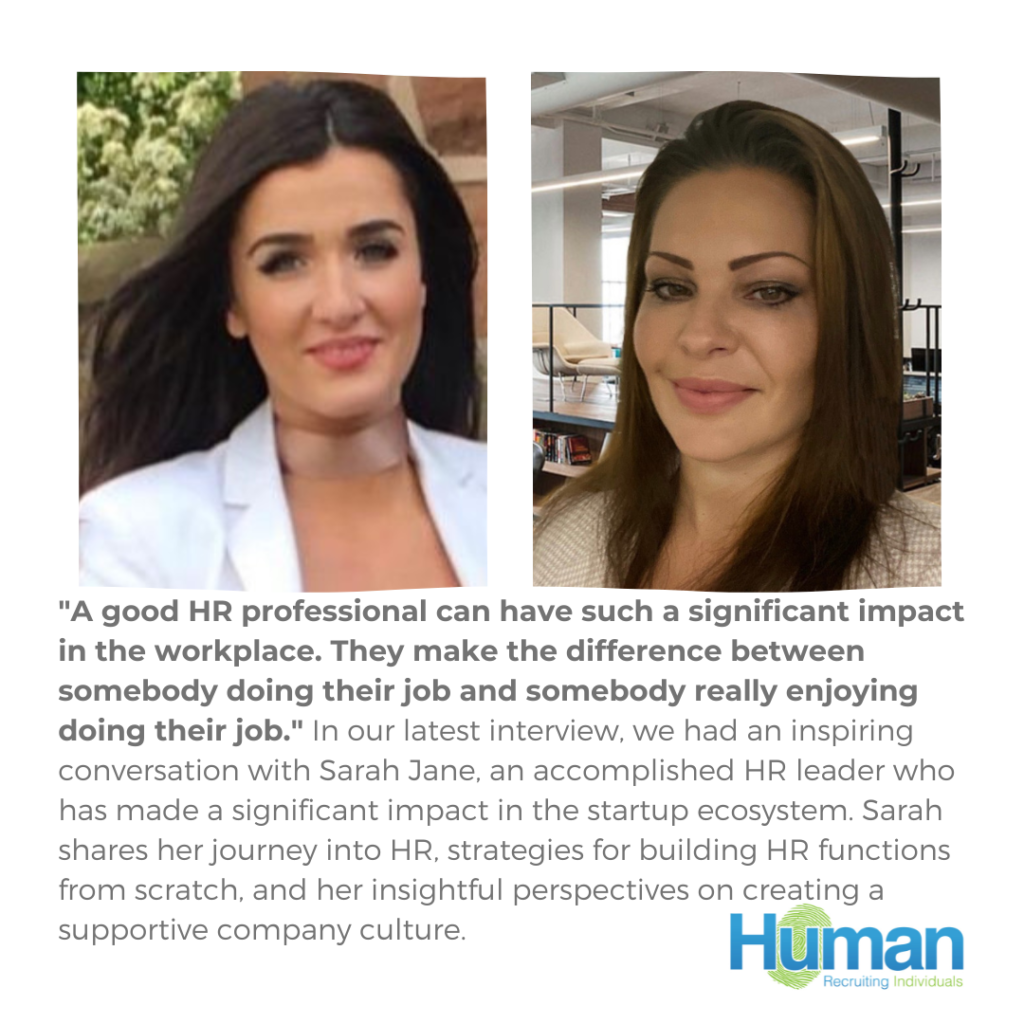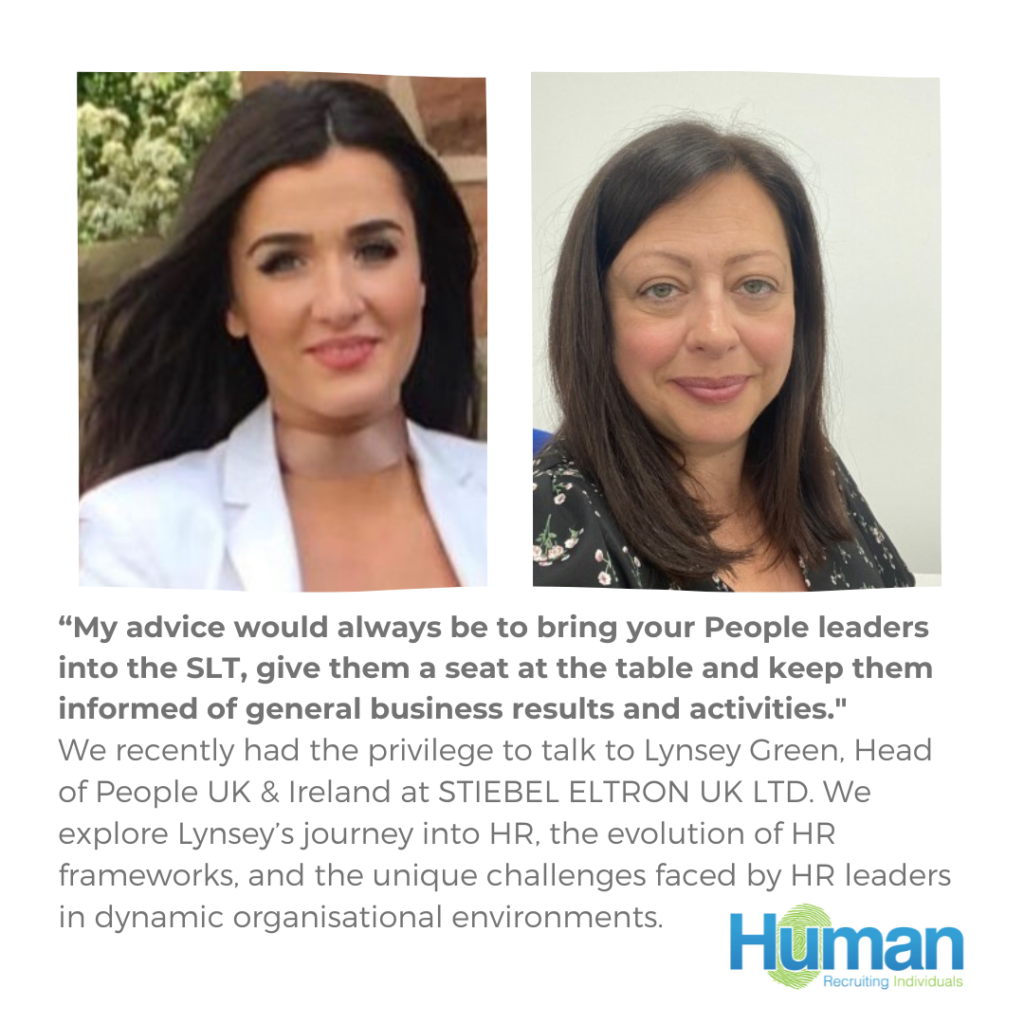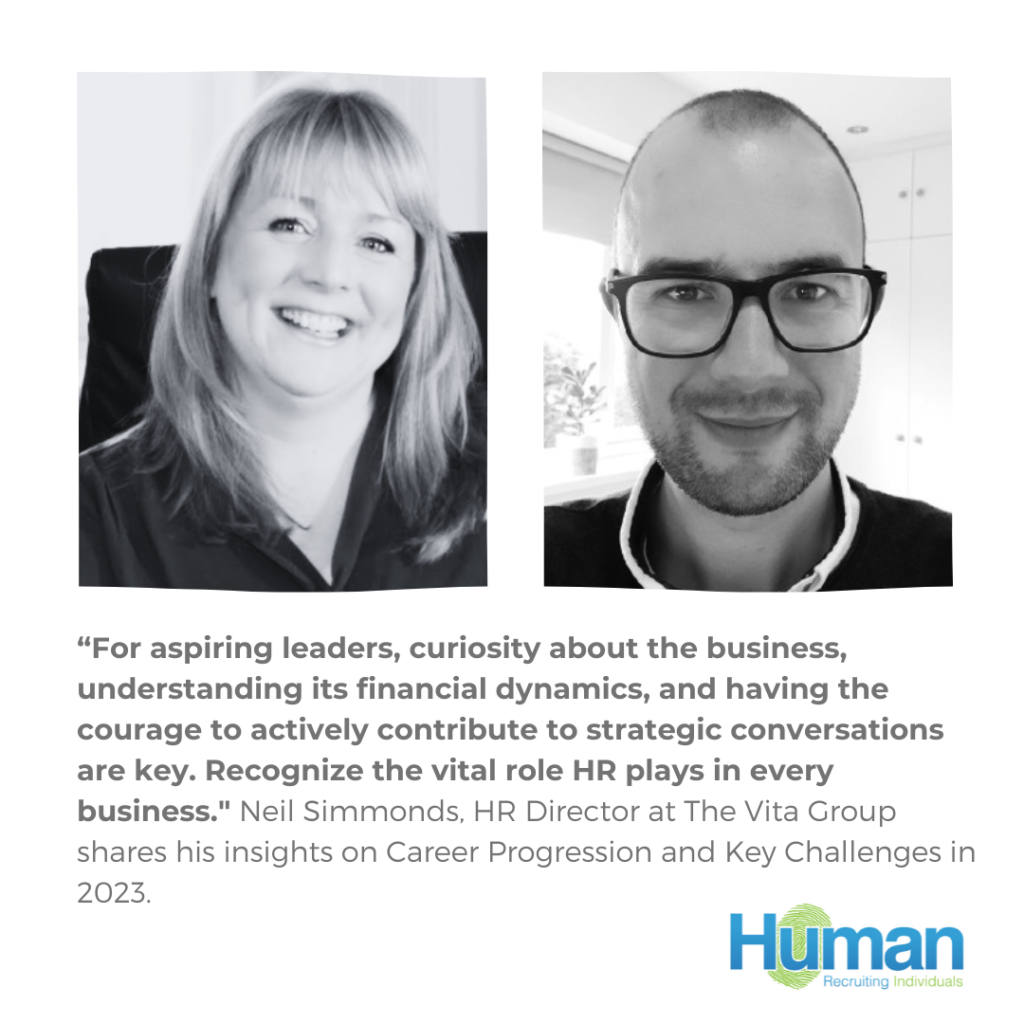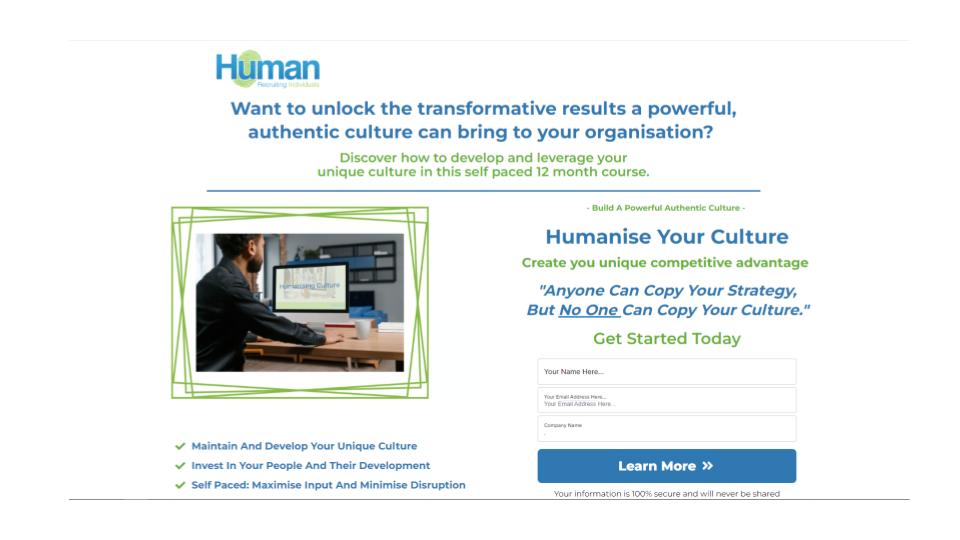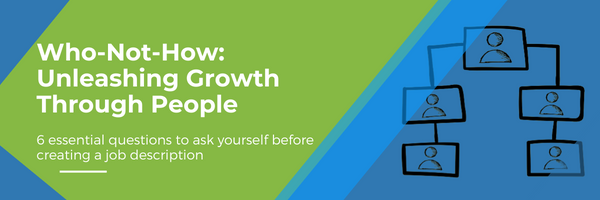Creating HR Foundations in Startups: A Conversation with Sarah Jane.
In our latest interview, we had an inspiring conversation with Sarah Jane, an accomplished HR leader who has made a significant impact in the startup ecosystem. As the Senior Talent & HR Manager at XONAI, a SaaS startup revolutionising big data processing and reducing cloud costs. Sarah shares her unexpected journey into HR, her strategies for building HR functions from scratch, and her insightful perspectives on creating a supportive company culture. This discussion offers valuable lessons for HR professionals, business leaders, and startup founders alike, providing practical guidance for establishing robust HR foundations that drive organisational success. Can you describe your Journey into HR? I hadn’t intended to work in HR. In fact, I started my career in sales back in 2008, selling overseas properties to investors. However, when the recession hit, I transitioned into the hospitality industry, joining a startup as a sales team leader. After three months, the company decided to outsource its sales team, and I took a chance and applied for an HR position within the same organisation. Despite having no prior HR experience, I landed a junior HR coordinator role and instantly fell in love with the field. This unexpected turn set me on a path of working with startups and eventually growing into more senior strategic HR positions. What made you decide on a long term career in HR? A good HR professional can have such a significant impact in the workplace. They make the difference between somebody doing their job and somebody really enjoying doing their job. It’s incredibly satisfying to create a supportive and collaborative culture, which in turn, enables employees to achieve their professional goals. How do you approach building HR functions from the ground up and what are your first steps? Often, startups have clear missions and values but lack a structured HR framework. I start by thoroughly understanding the values/mission because they provide a strategic direction for building HR practices. It’s also crucial to identify any immediate red flags as soon as possible, for example, high staff turnover. This can indicate underlying issues. I use data such as staff surveys and exit interview records to help me establish why people might be leaving and address those issues as a priority. Once I have a grasp of the company’s mission, values, and have addressed any urgent matters, I begin creating a comprehensive people strategy. This involves aligning HR practices with the company’s strategic short-term and long-term objectives. A short-term goal might be growing the business, so recruitment becomes a top focus. I ensure that early HR practices are robust, compliant, and scalable, addressing immediate needs while laying a strong foundation for future growth. Collaborating with stakeholders, I can gradually build a sustainable HR framework. When recruiting for a startup, how do you promote your company culture and ensure successful recruitment cycles? How do you stand out from corporate giants? It can be a challenge to get exposure as a start-up, so leveraging digital tools available to you is key. For example, LinkedIn offers a Life Page, which, although costly, can be a valuable investment for startups. It provides a platform to showcase your company’s culture, values, and onboarding process. LinkedIn is a great platform for creating a comprehensive careers page and direct them to your company website. Promoting your company through blogs and social media are also excellent ways to increase visibility. As an HR leader, it’s part of your role to use these tools to their fullest potential. Prominently feature your company values and include as much positive information about your company as possible when writing job descriptions and conducting interviews. Participating in recruitment events, which are often relatively inexpensive, can significantly boost your employer branding and help you stand out in a crowded market. By taking these steps, startups can effectively highlight their unique culture and attract the talent that aligns with their company culture, even when competing against well-known corporate giants. How do you build collaboration and ensure support from the Senior Leadership Team and/or CEO? In my experience, collaborating with CEOs and senior stakeholders can vary significantly. As the first HR professional in a company, there is often a need to raise awareness and educate stakeholders about the strategic role HR should play. My advice to stakeholders is to maintain an open-minded approach when onboarding their first HR professional. It’s important for them to understand that not everything can be accomplished in the first week, and prioritising 2-3 tasks at a time is key. Making too many changes at once can be overwhelming and counterproductive. In the early days of a startup, there’s rarely time for weekly meetings – even though that would be ideal. I’ve found that monthly meetings with two or three key stakeholders, supplemented by weekly meetings with one main stakeholder, work best. Before each meeting, I send out an agenda highlighting updates on my recent activities and areas that still need attention. This helps keep everyone informed and on the same page. By following up on the agenda and assigning tasks, I ensure accountability and set the expectations for the next monthly meeting. This approach has proven effective in maintaining a collaborative and communicative environment with senior leadership. What part do you think tools and technology play in your role specifically in startups? For startups with limited budgets, I recommend affordable HRIS systems like BambooHR and BreatheHR. These systems offer essential functionalities like time management, PTO tracking,and performance reviews. It’s important to be cost-conscious and select tools that provide the necessary support without breaking the bank. What are the biggest opportunities for HR Leaders joining a start-up or Greenfield Organisation? In a Greenfield project, unlike large organisations with existing HR frameworks, you have the unique opportunity to establish the people practices from the ground up. This fresh start allows for significant innovation. Working in a Greenfield environment is a great mix of strategic input and hands-on tasks. In larger companies, you might have teams dedicated to different HR functions like recruitment
Creating HR Foundations in Startups: A Conversation with Sarah Jane. Read More »
